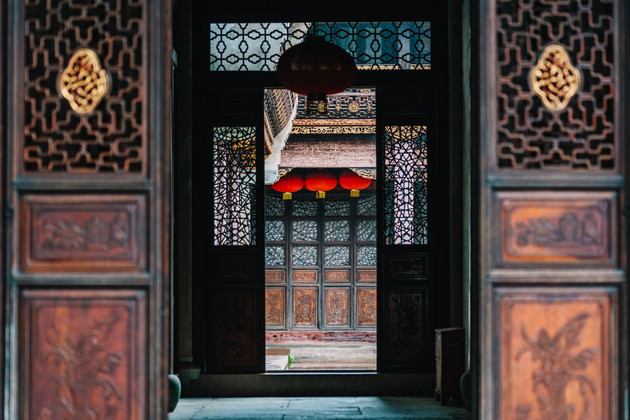
Photo/Shetuwang
Street hawkers and vendors calling out their wares, chirping cicadas and pigeon whistles... the lost sounds of traditional Beijing life can still be found in a museum.
By touching a screen in a small room in the Shijia Hutong Museum, visitors can hear more than 300 sounds of old Beijing, which are gradually falling silent due to the rapid development of the modern city.
"Sharpen scissors and knives!" "Deliver goods to your doorstep! Blush, fragrant powder and embroidery needles!" Most of the sounds in the museum are hawkers' cries.
"Families living in hutongs used to buy most of their life necessities from peddlers traveling through streets and lanes," said Colin Siyuan Chinnery, the initiator of the sound project.
Before the advent of supermarkets and convenience stores, merchants roamed the hutongs, the city's labyrinth of traditional alleys, delivering goods and services to people's doorsteps. Each of them had a unique noisemaker or hawker's cry to announce their arrival.
"The peddling is loud but has a nice rhythm to it. I can feel people's humor, optimism and energy," said Li Ruting, a 28-year-old female traveler to Beijing from the southern Chinese city of Nanning.
Old Beijing was a city of distinctive sounds. For visitors like Li, the museum recreates the city's past life.
Wang Lin, 26, came from the eastern Chinese city of Hangzhou. He was shocked when he learned that camels used to be the main vehicles carrying coal, silk, rice and other life necessities in Beijing 70 years ago.
"I didn't believe it until I heard the camel bells in the museum," Wang said. "It must have been fascinating for people to see camels in their daily life."
"Most sounds of old Beijing are gone. That's why I want to record it. Old sound can still evoke people's memories," Chinnery said.
As an artist living in China, 48-year-old Chinnery started the sound project in 2013 when the government of Dongcheng District sought his opinion to turn the old house of his grandmother into a museum.
Majoring in Chinese culture at the University of London, Chinnery has spent many years working in the British Library on a project of Dunhuang, an important component of the Silk Road culture.
As a child, Chinnery used to live in Beijing and learned kungfu. In 2002, Chinnery decided to go back to Beijing.
When he lived in Beijing as a child, the sound of pigeon whistles made a deep impression on him.
"Beijingers attach a whistle to their pigeons. When the pigeons fly, the sound of the whistle rings. I've never seen that in other countries," he said.
However, fewer and fewer pigeons with whistles can be found nowadays. Chinnery is developing a database of different sounds that were once heard in the old alleyways.
It took him a long time to find a 94-year-old former street hawker and record his shouts to advertise his goods and services. To recreate the original sound of camel bells, Chinnery went all the way to the desert and recorded the sound of camels there.
"Sounds can deliver messages about culture, history and personal feelings. I hope more people can join me to preserve the vanishing sounds of Beijing and share their memories of sounds," Chinnery said.
Email: gaohan@nbd.com.cn


 川公网安备 51019002001991号
川公网安备 51019002001991号





